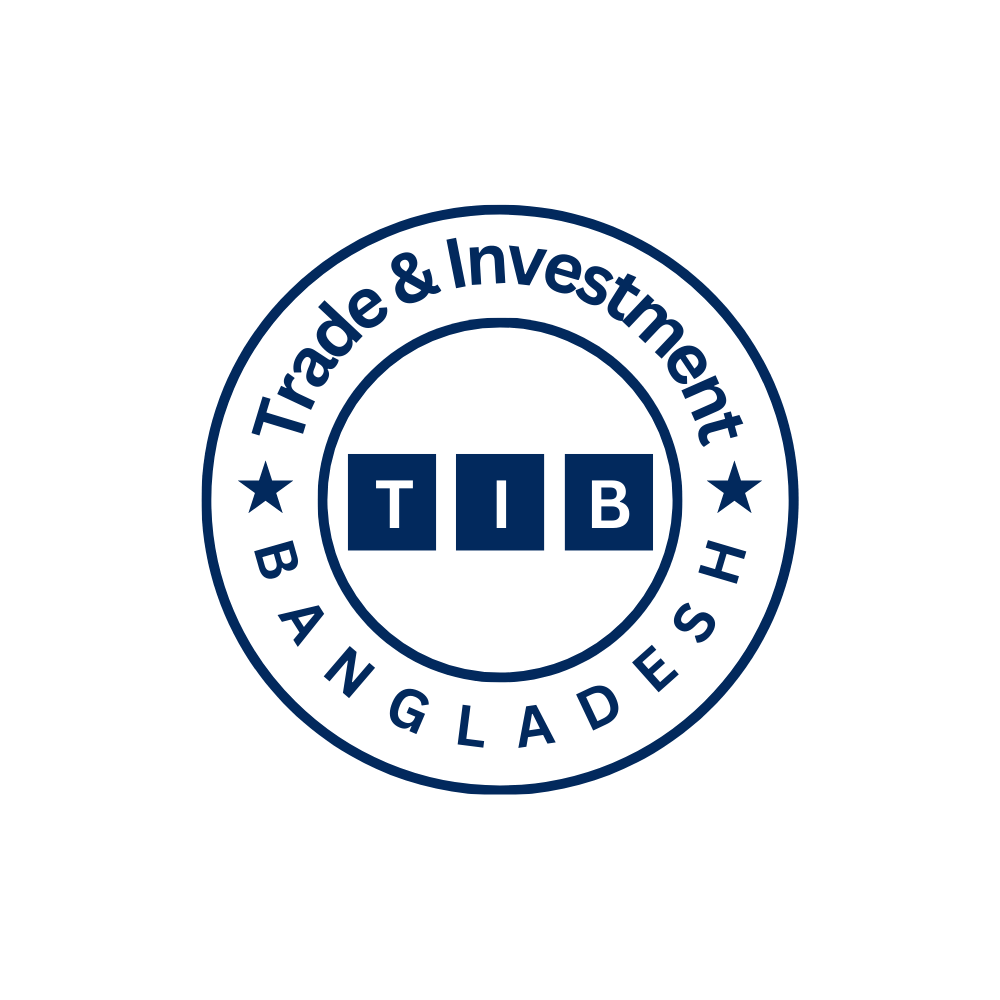The Art of Successful Commercial Due Diligence [P-2]
The Art of Successful Commercial Due Diligence [P-2] Md. Joynal Abdin* Business Consultant & Digital Marketer Co-Founder & CEO of Trade & Investment Bangladesh Structures and Features of a Good Commercial Due Diligence Report: A well-structured and comprehensive Commercial…
Read More

![Export Market Research and Entry Strategies [P-2]](https://bangladeshtradecenter.com/wp-content/uploads/2023/04/Export-Market-Selection.jpg)


 by
by